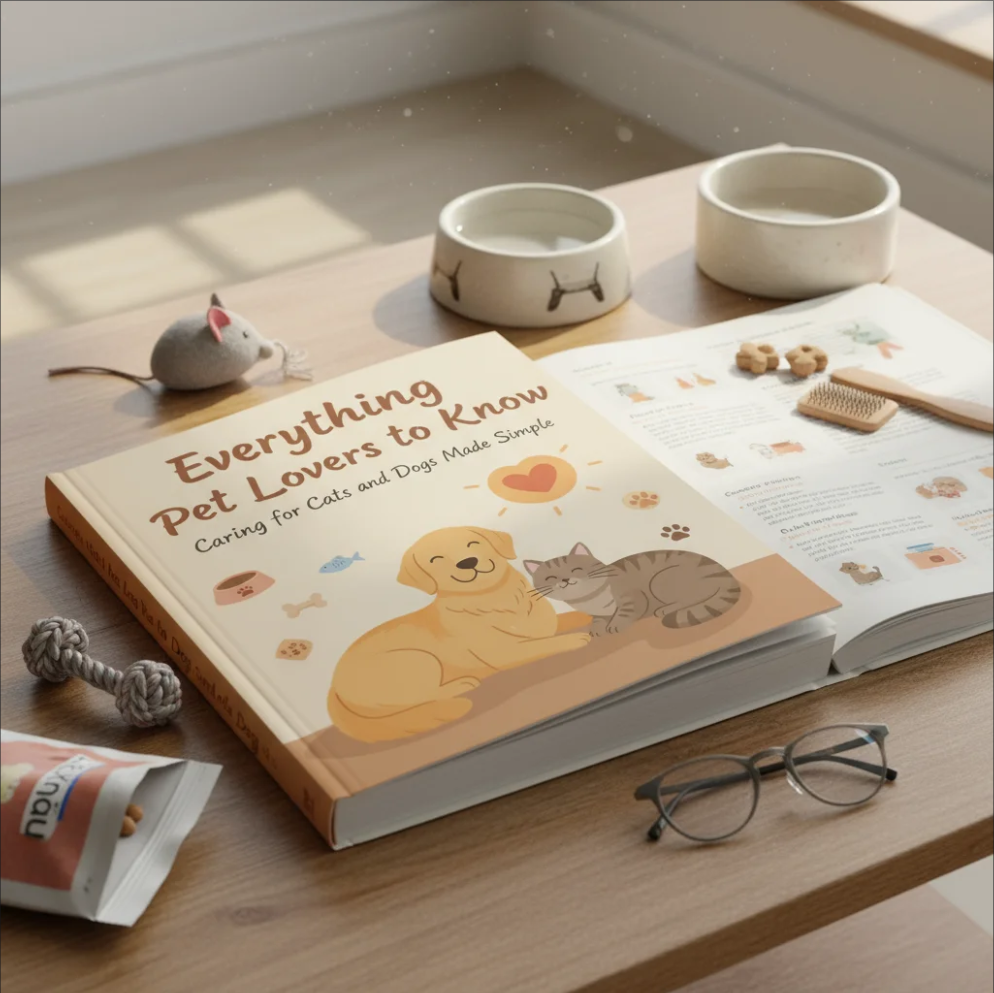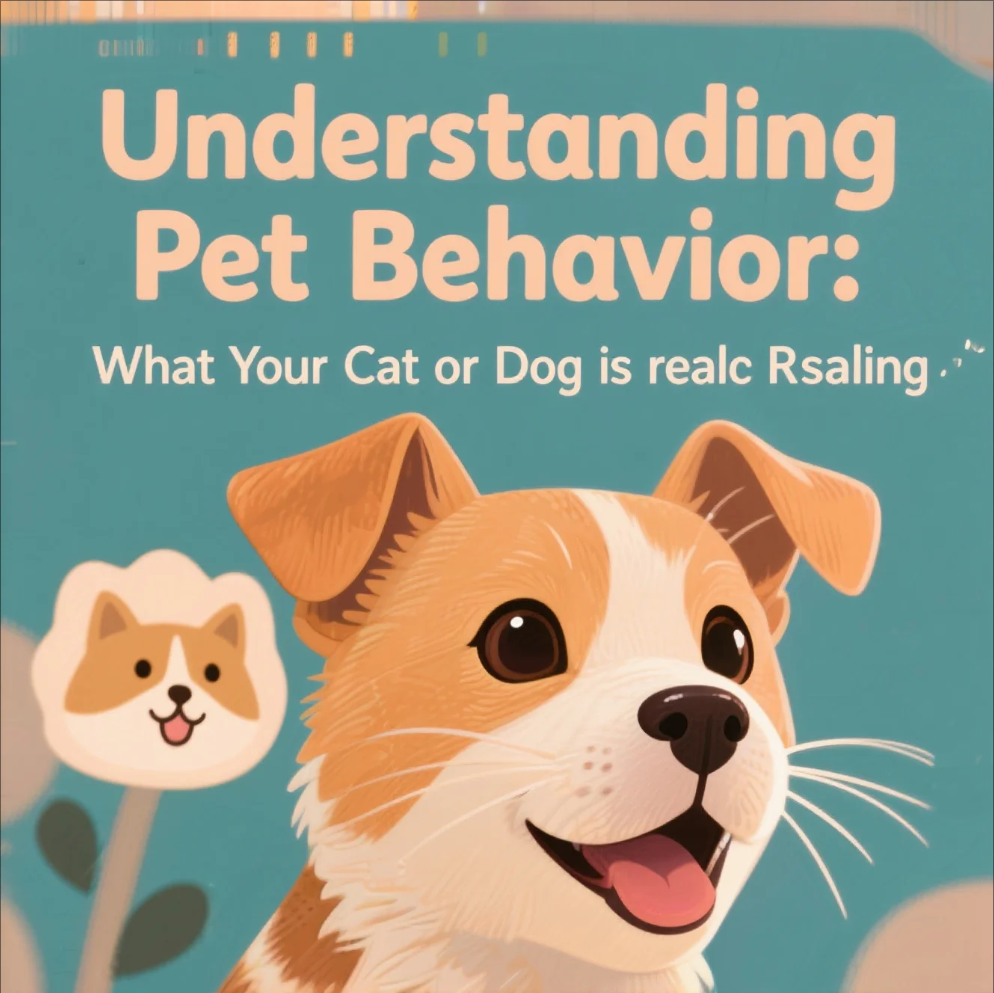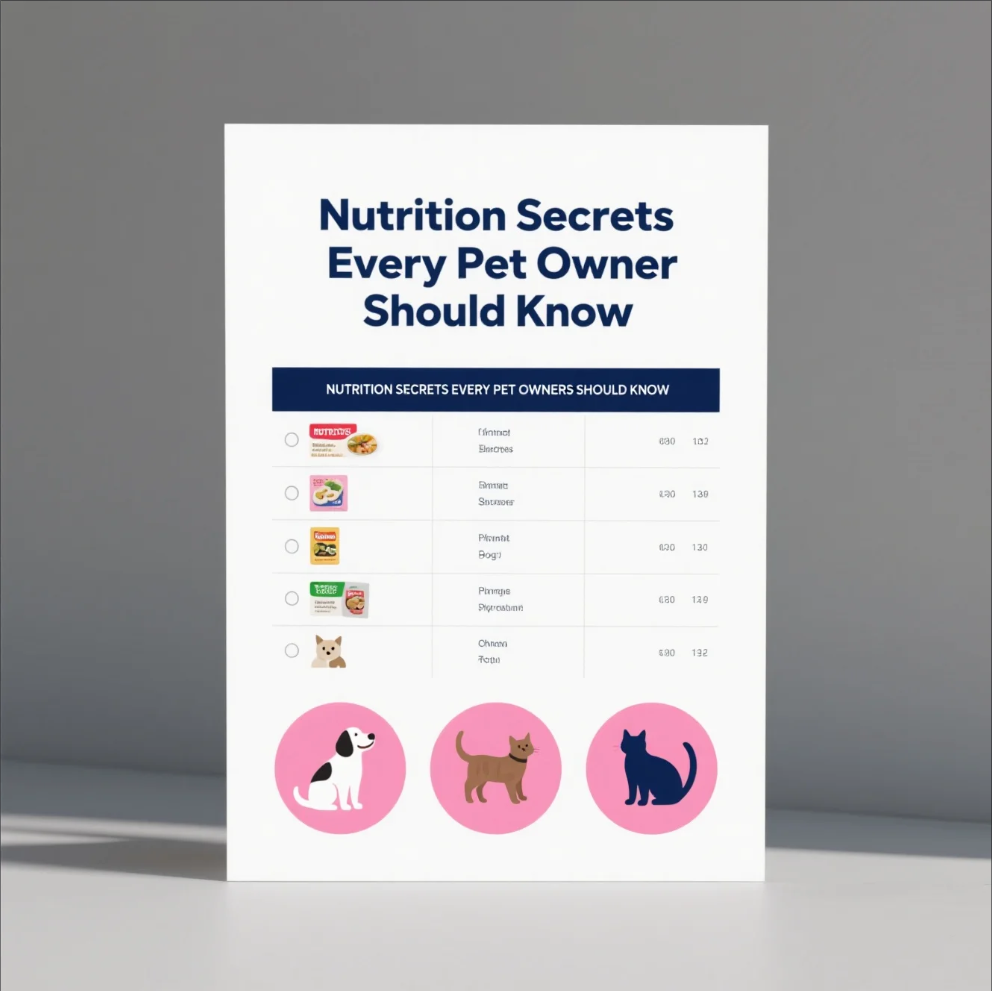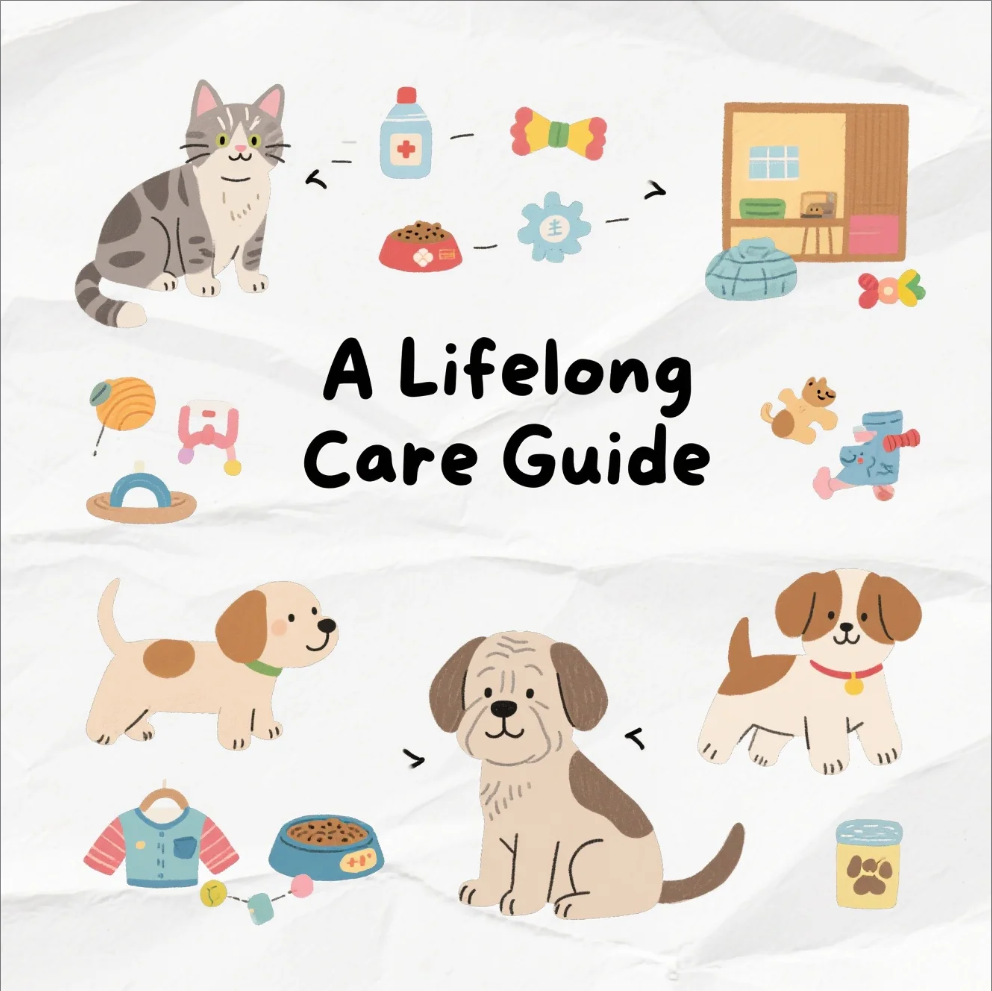The Complete Care Guide for Cats and Dogs: Tips, Training, and Happiness
Owning a pet is a rewarding experience, but it also comes with responsibility. Cats and dogs bring joy, companionship, and love, yet they require consistent care, training, and attention to thrive. This complete guide offers insights into keeping your furry friends healthy, happy, and well-behaved, whether you’re a first-time pet owner or an experienced caregiver.
🐶 Understanding Your Pet’s Needs
Every cat and dog has unique personality traits, but there are universal needs:
- Nutrition: High-quality, age-appropriate food supports growth, energy, and overall health.
- Exercise: Dogs require daily walks and playtime; cats benefit from indoor play and climbing opportunities.
- Mental Stimulation: Puzzle toys, interactive games, and training exercises prevent boredom and destructive behavior.
- Health Care: Regular vet check-ups, vaccinations, and preventive treatments are essential.
Meeting these needs builds a strong foundation for a happy, balanced pet.
🐱 Tips for Cats
Cats are independent but still need attention and care:
- Litter Box Maintenance: Keep boxes clean and place them in quiet, accessible areas.
- Grooming: Brush regularly to reduce shedding and hairballs.
- Playtime: Provide toys, scratching posts, and safe climbing spaces.
- Health Monitoring: Watch for signs of illness, such as changes in appetite, weight, or behavior.
Creating a comfortable environment ensures your cat feels secure, loved, and stimulated.
🐕 Tips for Dogs
Dogs thrive on companionship and routine:
- Training: Use positive reinforcement for commands, socialization, and good behavior.
- Exercise: Tailor walks, runs, and playtime to your dog’s breed and energy level.
- Grooming: Regular baths, nail trimming, and brushing keep your dog clean and healthy.
- Behavior Observation: Monitor signs of stress, anxiety, or aggression and address them early.
Consistent care and engagement strengthen your bond and lead to a well-adjusted canine companion.
🎓 Training and Socialization
Training isn’t just about obedience—it’s about building communication and trust:
- Start early with simple commands for dogs and gentle guidance for cats.
- Socialize pets with other animals, people, and new environments.
- Reward positive behavior and redirect unwanted habits with patience and consistency.
Proper training reduces behavioral issues and enhances the quality of life for both pets and owners.
❤️ Ensuring Happiness
A happy pet is a healthy pet:
- Provide comfort through cozy beds and safe spaces.
- Engage in daily play and bonding time.
- Offer treats and enrichment activities to stimulate curiosity and joy.
- Pay attention to emotional needs—pets can experience stress, loneliness, and excitement just like humans.
Happiness stems from love, attention, and a nurturing environment.
✨ Final Thought
Caring for cats and dogs is more than feeding and walking—it’s about understanding, training, and enriching their lives. By providing proper nutrition, exercise, mental stimulation, and love, you create a bond that’s rewarding for both pets and owners. With consistent care, your furry companions will thrive, bringing years of joy, comfort, and companionship.
(more…)








